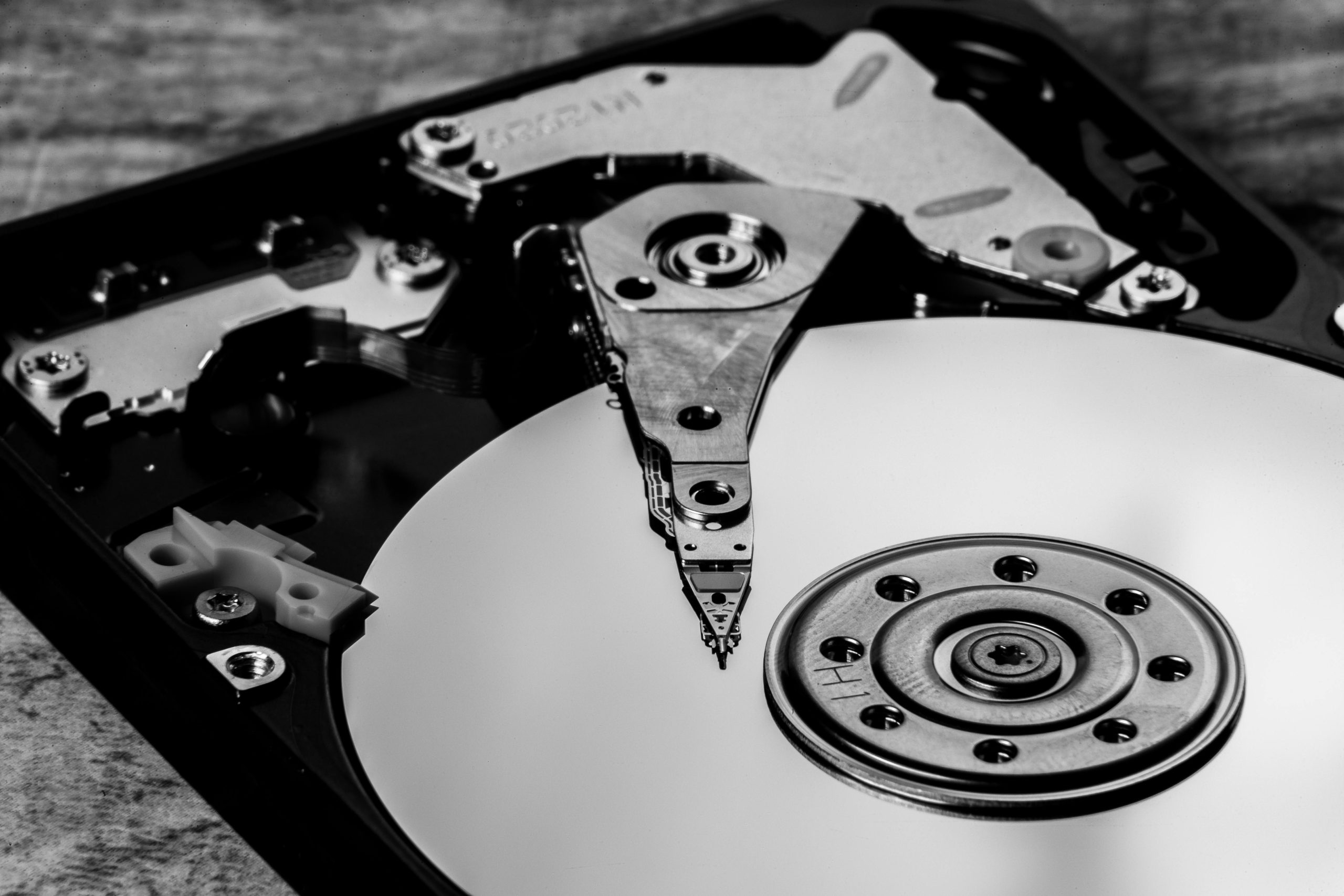Troubleshooting USB Drive Recognition Issues: Why Your Device Shows Up in Disk Management But Not in File Explorer
If you’ve ever encountered a situation where your USB flash drive is recognized by your computer’s Disk Management utility but doesn’t appear in File Explorer, you’re not alone. This common issue can be perplexing, especially when the drive appears to be functioning properly without any indication of hardware failure. In this article, we’ll explore possible causes for this problem and outline practical troubleshooting steps to help you resolve it efficiently.
Understanding the Issue
In some cases, after connecting a USB drive, users notice the device is listed in Disk Management with an assigned drive letter—indicating the system recognizes the hardware at a low level. However, the drive does not show up in File Explorer, making it inaccessible for general use. This discrepancy can occur across different computers, regardless of whether the USB drive is new or previously used.
Case Illustration
Consider a scenario where an individual purchases a USB flash drive from their college bookstore. When connecting the device to their laptop, it functions normally and appears in File Explorer without issues. Conversely, when attempting to use the same drive on a desktop PC, the device produces the connection sound, shows up in Disk Management with a designated drive letter (such as D:), but remains absent from File Explorer. Efforts to alter the drive letter—like changing it from D: to A:—do not resolve the problem.
Potential Causes
Several factors can contribute to this behavior:
-
Drive Letter Conflicts: The drive’s assigned letter may conflict with other drives or system reservations, preventing it from appearing in File Explorer properly.
-
Partition or File System Issues: Corrupted or incompatible file systems can cause the drive to be recognized at the hardware level but hidden from the user interface.
-
Folder Mounting or Mount Point Problems: The drive might be mounted as a folder rather than a drive letter, rendering it invisible in standard file navigation.
-
File Explorer Settings or Visibility Issues: Sometimes, settings within File Explorer or the Windows Registry can inadvertently hide certain drives.
Troubleshooting Steps
To resolve the issue, consider the following steps:
- Verify Drive Status in Disk Management
- Press
Win + Xand selectDisk Management. - Locate your USB drive and confirm its status. It should be marked as “Healthy.”
- Ensure it has a drive letter assigned. If not, right-click the partition and select `Change Drive
Share this content:



